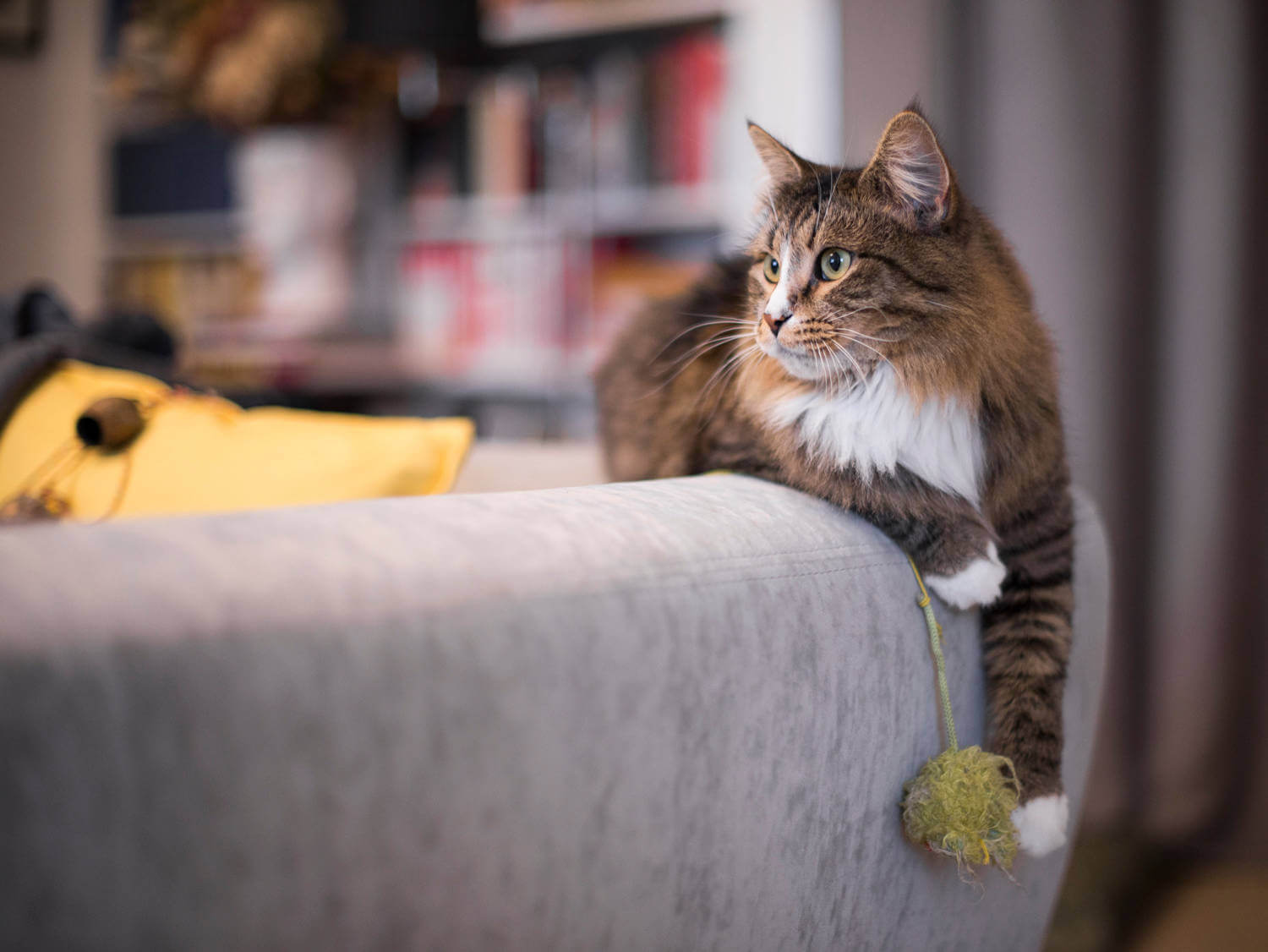After our world has largely come to a standstill in the last few weeks due to the corona crisis and many of us have been at home almost continuously, it now seems to be slowly returning to “everyday life”. Certainly still limited in many aspects and far from “normal”, but little by little our economy is starting up again and after Corona, it means: back to everyday life. Shops open, productions are ramped up, and companies call their employees back to their offices. The time of home or short-time work seems to be slowly being reduced again. There is another major change in the house, not only for us: Most of us switch from an almost uninterrupted time at home to everyday life with eight, ten, or even more hours away from home every day. While we were still aware of this fact over the past few weeks, our pets were happy that we were finally available for them almost around the clock. Only a few of them were annoyed or overwhelmed by our permanent presence and reacted with withdrawal or even problem behavior.
Our Absence – a Major Turning Point for Our Cats

Cats are opportunistic creatures of habit. They love structured processes and draw from them what is comfortable for them. Larger changes often upset them, create uncertainty, and even lead to problem behavior in some animals. While the beginning of the corona crisis probably all hit us almost suddenly and suddenly, we can definitely prepare to return to our regular working day. The more time you have for it, the better for you and your velvet paws, because the motto should be: Yes, changes – but please, in small steps!
What is Changing and What is Allowed to Stay?
First, make yourself aware of what has changed for you and your cat in the current time. Will she be fed at different times than you used to and will they have to be changed again in the future? Were there any additional meals as snacks that you can no longer give yourself during your office hours? It is best to make a note of when you are currently doing what for and with your cat and to what extent you can keep these points or what you have to adapt. Are there activities that you learned to appreciate together during the Corona period? A special play unit in the afternoon or maybe the common cup of coffee at the breakfast table that you did not allow yourself to get to the office faster?
Think about which of these activities are essential for your cat (feeding, occupation, and attention) and start now to slowly postpone them to a time window that will also be reliably guaranteed in the future. You may even be able to save cherished activities in everyday life and, for example, keep starting the day together. Maybe a little shorter than now, but still long enough that you can enjoy this time together.
If you have designed your additional time with a larger range of games, switch some of these activities to solitary occupations now. To start with, you can hunt together on new, perhaps little tricky fumbling boards or explore the sock drawer that happened to be left open. So your little adventurer is prepared to go exploring alone again in the afternoons and also has your help to get started with difficult feeding games. At the same time, play activities in which you imitate prey behavior with a toy should increasingly be offered at times when you will also be at home in the future and should be intensified so that your cat can continue to be busy and relaxed.
The additional snacks – provided they meet your cat’s general nutritional needs – also make sense in the future, because cats are snack hunters. Your body is designed for many small meals, which is why the current perhaps more frequent feeding is very beneficial for your digestion and should be maintained if possible. Feeding games or automatic feeders, which can not only be preset in time but are now also suitable for wet food thanks to cool packs, help for your absence. So you can continue to offer small meals throughout the day and night. Make sure, however, that your cat does not get more food per day than it actually needs in order to prevent obesity.
Practice Early Enough that You Will Be Out of the House Again

Certainly, the most demanding aspect of the change is your very long absence when you have to go back to work. With a typical full-time job that involves traveling, you may be out of the house for ten hours – a big cut in your cat’s wellbeing. At the moment she can ask for your attention or just the feeling of “being there for her” almost at any time and will then be on her own for the majority of the day. Practice with her now in small steps that you are always out of the house. If possible, arrange the times now as they will be later and maybe go outside for half an hour in the morning if you will also leave otherwise. Pre-arranged feeding games bridge the first time of your absence. A ritual of saying goodbye, which is always the same, also announces a long time without you for your cat. Gradually extend your absence, paying attention to possible signs of stress in your cat. If she reacts insecure, fearful, or aggressive, slow down and see if you are adequately meeting your cat’s needs.
Use the time now when you still have every opportunity to adjust both of you to regular everyday life. Enjoy the beautiful moments with your mini tiger and take as many of them as possible with you in the future. In this way, you will manage to take something positive with you from the current situation in the long term.
